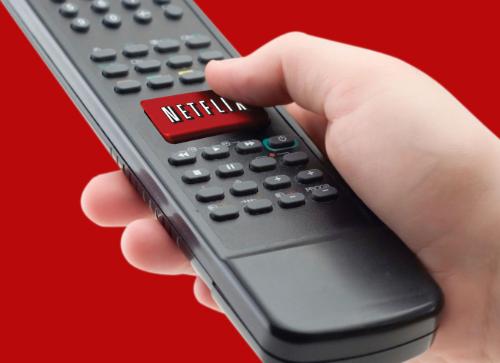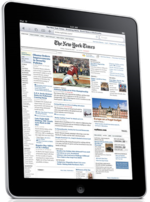Why 'normals' are willing to adopt new technologies
Quick shot for a busy Friday from a source that seems just about as far from HR and HR tech as possible, but I think offers a great reminder for anyone trying to effect a tech-driven change, HR or otherwise, on a group of people.
If you follow the news at all then you will certainly be aware of the rapid technological advances and the seemingly profound changes on the horizon for the personal transportation industry, i.e., the car(s) that are likely at the end of your driveway, and your relationship with them.
In short, the combination of the rapid improvement of self-driving auto technology (Google, Tesla, several other auto makers), an increase in the range, efficiency, and affordability in electric powered vehicles, (Tesla, GM), and the sudden but seemingly blanket coverage (at least in major cities), of 'ride-sharing' technology and services, (Uber, Lyft), has the potential to fundamentally change the methods and ownership of the means of personal transportation for millions, are changing the 'car' more than any time since the car replaced the horse. No one is sure exactly how all of these technological and sociological trends will collide and crash, and what the outcome will be, but most experts think that personal transportation will be markedly different in the next 20 years or so.
The reason I thought this was interesting today, and wanted to share on the blog, was a short observation about the user adoption of modern technology pulled from a recent essay on the changes in the personal transportation ecosystem and how these changes might play out on the stratechery blog titled Cars and the Future. Check the quote below, and think about what it suggests for ANY kind of change program that you or your team is trying to implement inside your organization. (emphasis mine)
This generational pattern of adoption will, in the history books, look sudden, even as it seems to unfold ever so slowly for those of us in the here and now — especially those of us working in technology. The pace of change in the technology industry - which is young, hugely driven by Moore’s Law, and which has largely catered to change-embracing geeks - s likely the true aberration. After all, the biggest mistake consistently made by technologists is forgetting that for most people technology is a means to an end, and for all the benefits we can list when it comes to over-the-top video or a network of on-demand self-driving vehicles, change and the abandonment of long-held ideals like the open road and a bit of TV after supper is an end most would prefer to avoid.
Only the most enthusiastic technophiles care at all about the technology itself and what that technology does.
Everyone else cares only about what that technology can enable them to accomplish. It needs to help them do amazing new things, help them do the boring old things easier, faster, or cheaper, or otherwise leave them better off than they were before the introduction of the technology.
Self-driving, on-demand, electric cars might be coming soon. But for people to adopt them en masse, they have to not just be a marvel of technology and engineering. They have to make people's lives better or they won't be adopted like the experts think.
That same statement can be made for that new HR system you are thinking of implementing as well.
Have a great weekend!

 Steve
Steve


